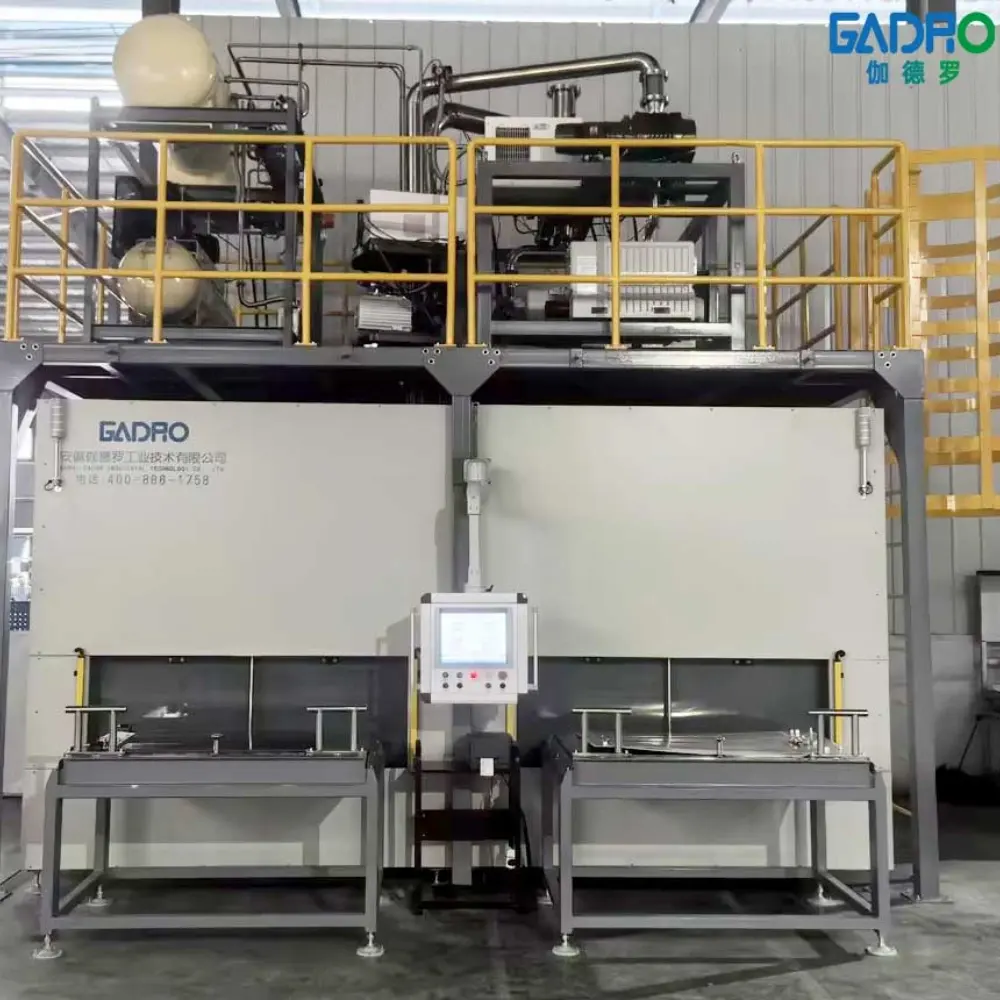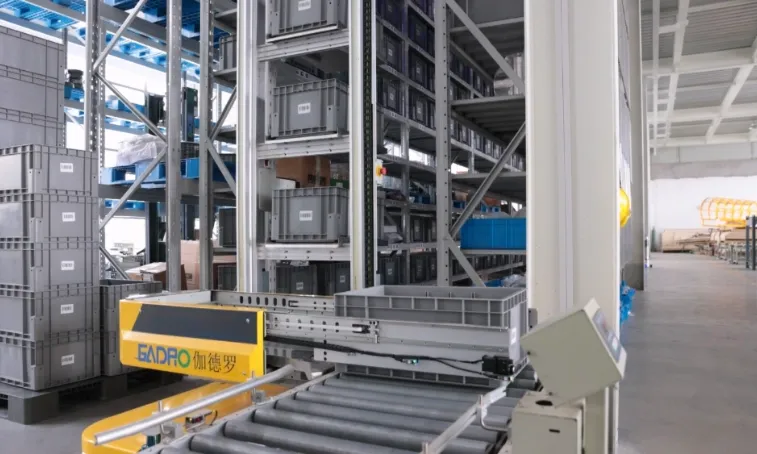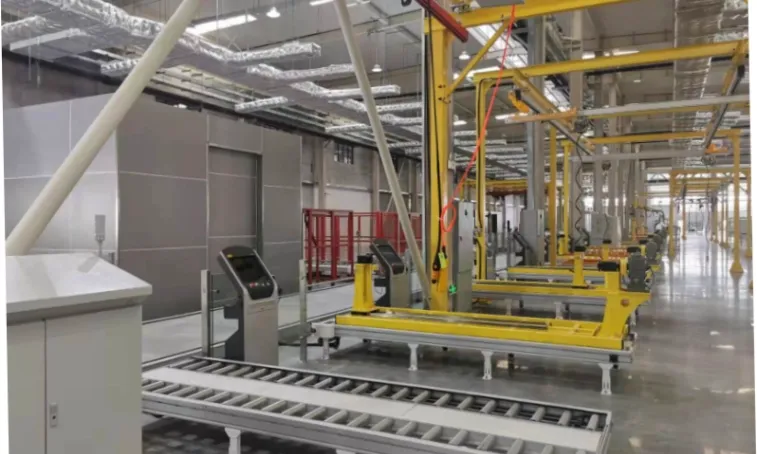Mobile helium leak detectors are usually used to quickly detect helium leaks on site and are widely used in industries such as aerospace, medical equipment, semiconductor manufacturing, and air tightness testing. The working principle of the detector mainly relies on several technologies to quickly and accurately detect helium leaks.
Working process:
Helium calibration and tracer method
Mobile helium leak detectors often use helium as a tracer gas. In actual use, helium is usually injected into the device or closed system to be tested. The sensor outside the device will scan the changes in helium concentration in the surrounding air. When helium leaks out of the system, the sensor can detect the leak location by capturing helium molecules.
Mass spectrometry
Mass spectrometry is one of the most commonly used techniques in helium leak detectors. In this technique, the instrument draws in ambient gas and directs it to a mass spectrometry system. The mass spectrometer ionizes the molecules in the gas, breaking them into charged particles that are then separated and detected based on their mass-to-charge ratio. Helium has a very unique mass-to-charge ratio, so the mass spectrometer is able to accurately identify and quantify the presence of helium.
Advantages: This method is extremely sensitive and can detect very small leaks.
Application scenarios: Used in applications that require high accuracy, reliability, and sensitivity, such as helium leak detection in high vacuum equipment, aerospace vehicles, and some high-end scientific research equipment.
Thermal conductivity method
Thermal conductivity method is another common helium leak detection technology. Helium has a different thermal conductivity than most gases, so when helium leaks into the detection area, the thermal conductivity changes. The fully automatic helium mass spectrometer leak detector detects the presence of helium through this change.
Principle: The device measures the thermal conductivity of the air through a thermal conductivity sensor. When helium leaks into the detection area of the device, the thermal conductivity changes, and the device can detect this change and calculate the concentration of the leaked helium
Advantages: This method has a fast response speed and is suitable for rapid on-site detection.
Leak location positioning
The mobile helium leak detector is equipped with a portable probe or gas collection tube. The operator can move the probe to different positions and detect the helium concentration at different points through the sensor. Once the probe approaches the leak point, the instrument will give a higher helium concentration value to help determine the specific location of the leak.
Alarm system
When the helium concentration reaches the preset leakage threshold, the device will send out an alarm signal. The alarm can be sound, light signal or vibration to remind the operator that there is a helium leak and take timely repair measures.
Data display and recording
The portable mobile helium leak detector is equipped with a display screen that displays real-time data such as helium concentration and leakage rate. Some high-end equipment can also record the detection data for subsequent analysis and report generation.
Features of mobile helium leak detector:
High convenience: suitable for on-site detection.
High sensitivity: ensure the accuracy of detection.
Real-time response: suitable for on-site emergencies.
Versatility: adapt to different types of detection needs.
Mobile helium leak detectors can detect helium leaks quickly and accurately, helping companies to find and repair leaks in a timely manner, reducing losses and safety hazards.




